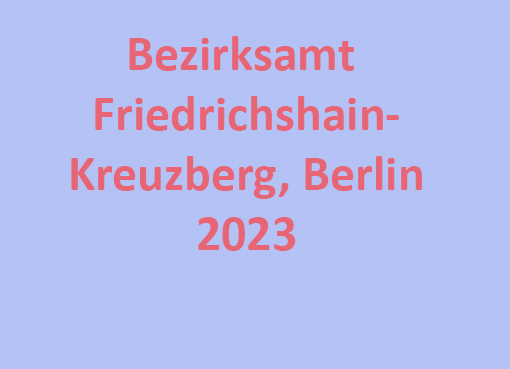Learning for Civil Society Through Participatory Public Art
Abstract
In this PhD by Publication I argue that my art practice serves as a useful contributor towards shaping elements for the activation of civil society. Through consideration of three interrelated examples from my art practice from 1998-2011, which emerged from my Restpfennigaktion (Left-over Penny Campaign) an artistic methodology has emerged that shows links between the artwork as process and product in relation to notions of transformation. Lynn Froggett writes, “The transformative potential is realised when it generates a cultural form for experience that needs the visual or performative register for its fullest expression.”[1]
I unpick and position the role of my practice using theoretical frameworks of participatory art as life, such as art and social sculpture (Beuys) in relation to the discourse used by theorists such as Claire Bishop, who aligned a socially engaged public art practice with ideas of civil society and democracy. I also use critical pedagogy and conflict resolution to position my work in this realm. Equally important is the role of a selected number of examples of participatory art works by others, such as AAA, Park Fiction and Schlingensief, as well as Suzanne Lacy. Innovative strategies in my work are the implementation and cross-sector uses of that knowledge through artistic practice.
The three projects under consideration were time-based interventions, which sought to engage people in penny-giving, wish-giving and wish realization in Germany (Left-over Penny Campaign), Italy (Initizativa Centesimo Avanzato) and Spain (Hucha de Deseos). As a result of undertaking this research, a suite of questions revealed themselves from within the practice. The questioning was specifically focused around the following three areas: the role of aesthetic form in my art practice, different conceptions of my role as artist, and how practitioners working in public or social space are affected by and respond to contexts. These questions arose during the processes of art-making and within the context of this research project. They emerged in response to a broadening of my ideas of participation, and participatory decision-making. It became clear that I was evolving new skills, in order to find appropriate and satisfying responses to these questions. I found myself by necessity seeking answers for the advancement of my art-making by moving beyond traditional artistic strategies and into areas of knowledge, such as formalised conflict resolution, pedagogy, gift economy, leadership, self-organisation, creative solutions in community development and undertaking a PhD.
Participatory public art refers to an art practice that features the transformation of individuals and societies for a common good. It aims to contribute to perceived demands for transition processes and is necessarily aware of and responsive to conditions that characterise a democratic civil society, which hopes for non-violent and fruitful transformations. The current global socio-political, ecological and cultural climate, currently dominated by the economic taxonomies, demands transformational processes if future life on earth is to be secured. Hence my art projects highlighted money, its meaning and ways of transformation, through focusing on gift economy more than on exchange economy.
My three projects highlighted on the one hand the limits of our existing man-made systems, on the other, they demonstrated how participatory public art can be a mode of transformation.
4 volumes and an appendix. The appendix will not be online as it has 7 GB!
Supervisors:
Prof Dr. Mia Lerm Heyes, University of Ulster, Belfast
Dr. Aisling O’Beirn, University of Ulster, Belfast
External Examiners:
Prof Shelly Sacks, Social Sculpture Research, Oxford Brookes University, Oxford
Prof Dr. Anne Douglas, Grays School of Art, The Robert Gordon University, Aberdeen
Internal Examiner:
Prof Dr. Ullrich Kockel, University of Ulster, Magee (Emeritus since 2012)
[1] Froggett, Lynn (ed), New Model Arts Institutions and Public Engagement, Research Study, Headline Findings, uclan, 2011, p. 10. [online] Available at http://www.bluedrum.ie/documents/Newmodelartsorganisationsandpublicengagementemergentfindings.pdf






